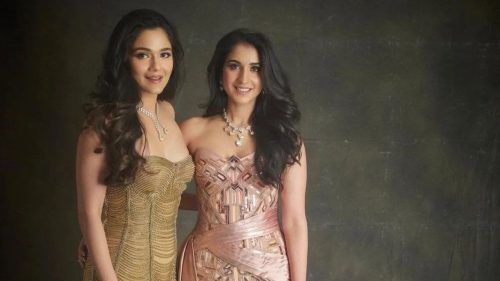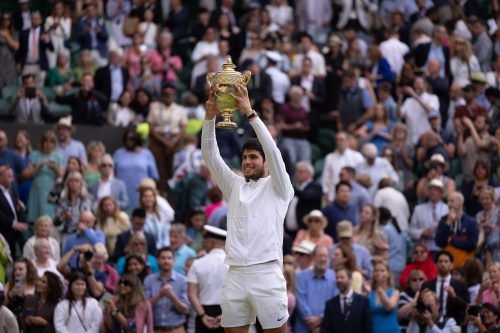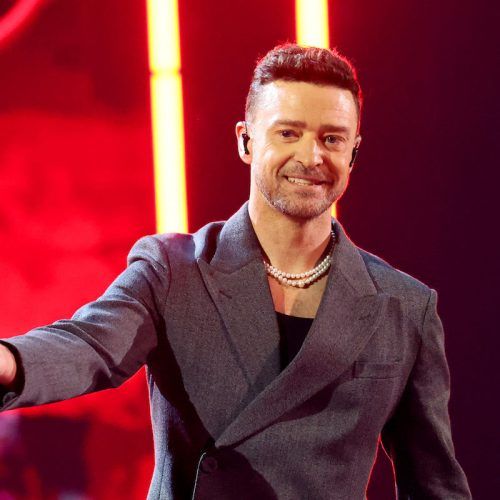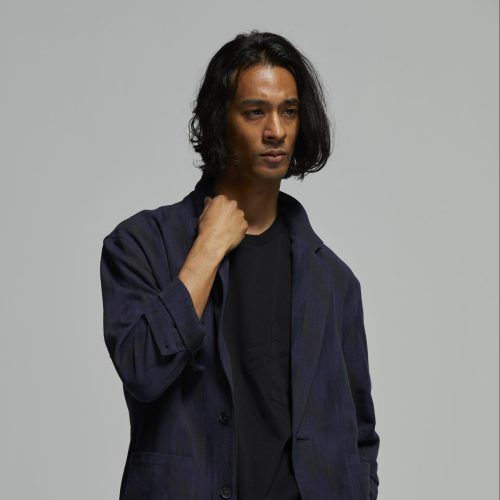Xing Jie, or XJ, is a man straight out of fiction. More specifically, he is a man who swims 20,000 leagues under the sea. Being an underwater photographer, he has plenty of stories to tell. Some, worth more than any dollar can ever dream to buy. All good legends start with a strong prologue, likewise his.
“I first received my open water diving license in 2015, but it took me close to seven years before I even dared to start shooting underwater.” He shares, as he points out the different cameras and gear he owns. They are hefty, to say the least. “Back in 2015, even with the license, I was nowhere near ready to shoot underwater. To begin, my buoyancy was quite shaky, since I was considered just a beginner. That resulted in me being unstable in the water, which first and foremost posed a danger to myself. If I could not even be confident in staying still in the middle of the sea, how could I even dare to bring heavy equipment along with me? On top of that, the sea is an unknown terrain. It stretches unlike land, and at any point, there is danger lurking around the corner.” Perhaps sensing the rather serious mood of the room at the foreboding imagery, XJ quickly chuckles with a casual wave of his hand. “Of course, on a more practical side, being unstable in the water also will likely scare any fish away. In that case, I would’ve shot thousands of pictures of water bubbles and algaes.”
He then delved deep into the training he undertook in order to fully prepare himself to be an underwater diver. Taking a rather unconventional route, he pivoted his research into diving, zeroing in on cave divers and how they dive. “Cave diving is the most dangerous form of diving,” he explains, “so if I can master it, that will mean I can be the most confident when I am deep in the sea. Cave divers usually carry a Diver Propulsion Vehicle (DPV) with them, whose size is similar to that of an underwater camera. In my mind, I thought, ‘If I can dive comfortably while carrying a DPV, that will mean I can securely navigate a camera underwater.” With that, he started on a cave diving introduction course in late 2021, emerging with his own unique style of diving for his underwater photography career.

That is one step down, many more to go.
When it comes to underwater photography, even XJ will need the grace of Lady Luck by his side. “I have a strong principle in my photography approach, and that is to always shoot things organically. Sometimes, there is nothing to shoot, simply because there is nothing much happening in the sea. Sure, there are ways for me to ‘generate’ an image — guiding the fish, luring them to a certain spot, or even editing my results post-production. I will never do any of those, though,” he says with conviction. All artists place great values in their art, and XJ places his faith in his moral compass.
“What I do instead, is create my own opportunity. I owe this to my experience as a land photographer,” he says. The term seems to catch even him off-guard, as he laughs at the amusement the term carries, “70% of the time, a perfect shot has nothing to do with how advanced your camera is, but rather your approach. You have to set yourself up for that success, that one money shot.” He recounts the time he swam in Malapascua, the Philippines, where he was looking to capture the thresher sharks. “These sharks swim in a particular pattern. After observing them for a while, I simply dove in and waited. I didn’t chase, because I knew they would swim my way. That is what I meant by creating your own opportunity.”
XJ lives a fantasy many dream of, but it comes with a heavy price tag many are unwilling to pay: an extensive amount of time and effort. Despite that, he will not trade it for anything. “How many people can say they have swum right next to whales before in sub-zero temperatures?” He asked with a proud smile. Not many, one would think.
“Precisely. That is why I do what I do.”













